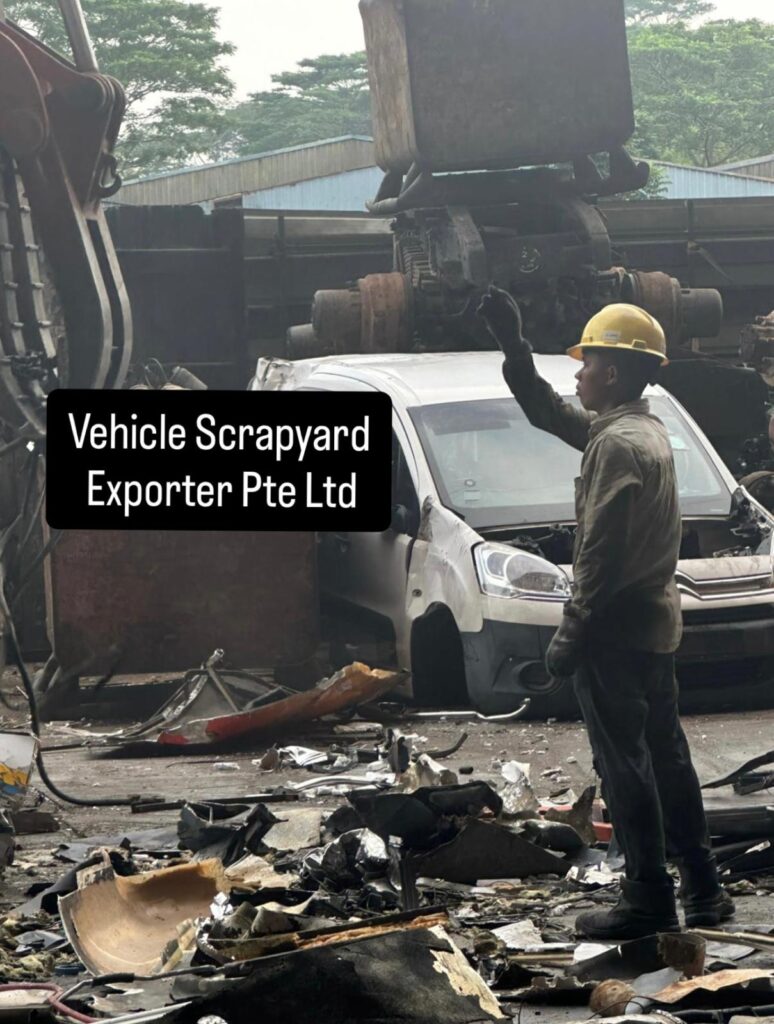Deciding to scrap your lorry is a big step—whether it’s because the vehicle is damaged, too costly to repair, or simply being replaced by a newer model. But scrapping a lorry isn’t as simple as handing it over to the nearest scrap yard. There are important legal, financial, and practical steps you need to follow to ensure a smooth, safe, and hassle-free process.
In this guide, we’ll walk you through the key things to take note of when scrapping a lorry, so you can avoid unnecessary complications and maximize the benefits.

1. Understand the Legal Requirements
Every country or state has its own laws and regulations for scrapping vehicles. Failing to comply can lead to fines or even legal issues.
Before you scrap your lorry:
- Prepare the registration documents and any ownership paperwork.
- Remove the license plates as required by law.
- Cancel your insurance policy to avoid future liability.
Check with your local transport authority to make sure you follow the correct procedures and don’t leave yourself open to penalties.
2. Choose a Reputable Scrap Yard
Not all scrap yards are the same. To ensure your lorry is disposed of legally and responsibly:
- Look for licensed lorry scrap yards with proper certifications (e.g., Environmental Agency License).
- Check reviews, testimonials, or ask other lorry owners for recommendations.
- Confirm that the scrap yard follows environmental and safety protocols.
By choosing a trusted scrap yard, you’ll have peace of mind knowing your lorry will be scrapped in an eco-friendly and lawful way.
3. Get Multiple Scrap Quotes
The value of your lorry can vary depending on the scrap yard. To avoid being underpaid:
- Contact at least three different yards for scrap lorry price quotes.
- Provide accurate details such as the lorry’s make, model, year, and condition.
- Compare not only the price but also the yard’s reputation and proximity.
This helps you secure the best deal while ensuring you’re working with a professional yard.
4. Remove All Personal Belongings
It’s easy to overlook personal items stored in your lorry. Before scrapping:
- Check the glove box, door compartments, under seats, and storage bins.
- Remove tools, CDs, documents, and any other belongings.
- Do a final inspection to make sure nothing valuable is left behind.
Once the lorry is scrapped, you won’t be able to retrieve forgotten items—so take extra care during this step.
5. De-register the Lorry
After scrapping, make sure to de-register your lorry with your local vehicle licensing authority. This step ensures:
- You are no longer legally tied to the vehicle.
- You won’t be liable for future fines, accidents, or fraudulent use of your registration.
- The authorities can officially update their records.
De-registration protects you and prevents misuse of your old lorry’s identity.
Final Thoughts on Scrapping a Lorry
Scrapping a lorry is more than just getting rid of an old vehicle—it’s a process that requires careful attention to detail. By following these key steps—understanding legal requirements, choosing a reputable scrap yard, obtaining multiple quotes, removing personal items, and de-registering your vehicle—you’ll ensure the process is smooth, safe, and stress-free.
When handled correctly, scrapping your lorry can save you money, protect you from legal issues, and contribute to environmentally responsible recycling.